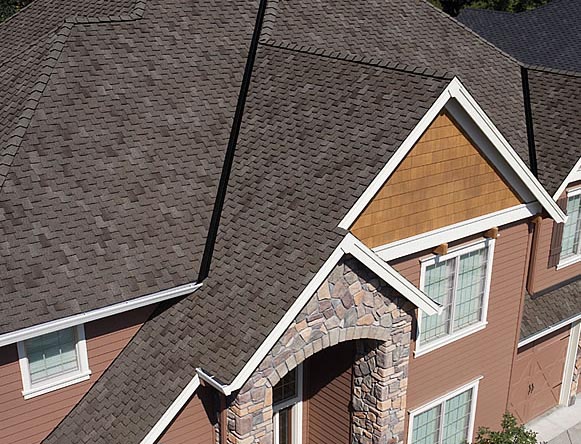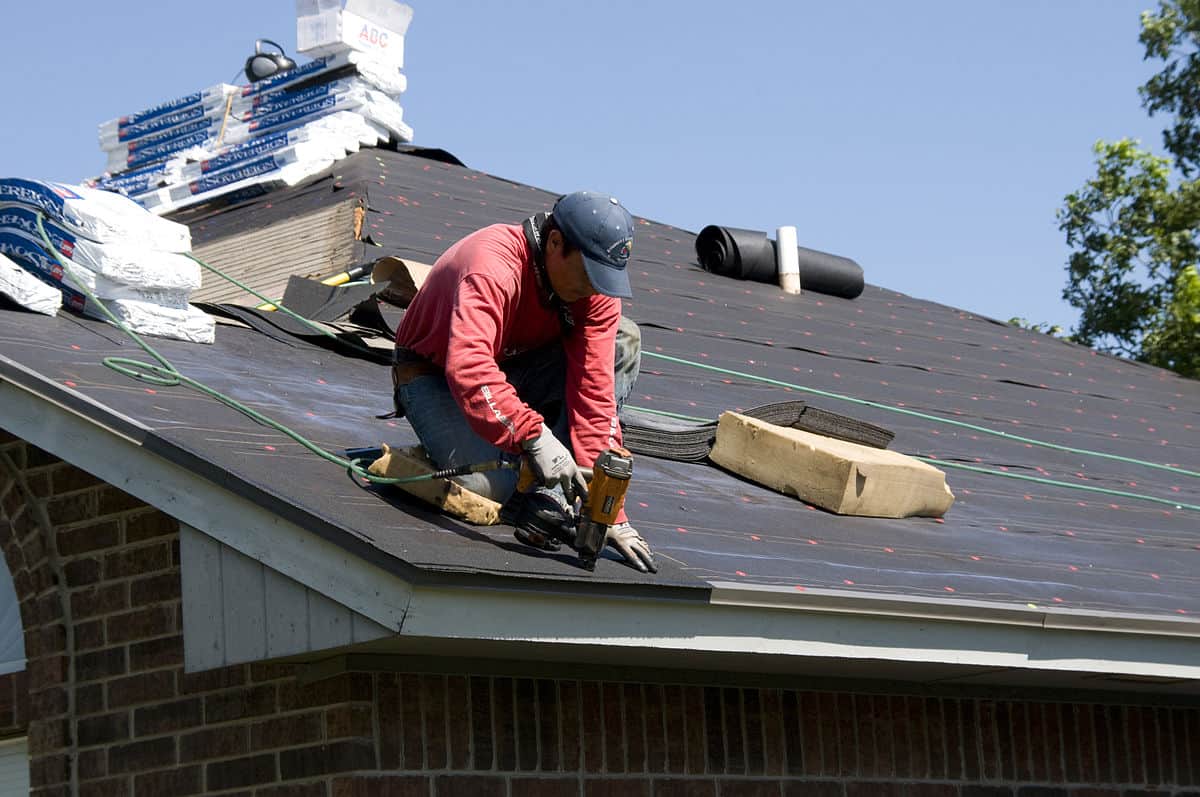Just How Gainesville Roofing Companies Can Change Your Home's Outside
Just How Gainesville Roofing Companies Can Change Your Home's Outside
Blog Article
Best Practices for Ensuring Appropriate Roofing Air Flow
Making sure correct roof covering ventilation is crucial for the durability and effectiveness of a roofing system. A well balanced consumption and exhaust vent ratio, typically 1:300, plays a critical duty, with intake vents ideally placed at the lower side of the roofing system for amazing air access and exhaust vents at the optimal for cozy air leave. Regular examinations to determine clogs and maintain clear air movement are extremely important. Maintaining insulation away from vents is critical to avoid air flow limitation. Understanding these foundational elements establishes the stage for even more thorough insights into setup and maintenance techniques that can considerably improve your roof's performance.
Understand Ventilation Basics
Appropriately comprehending ventilation essentials is vital for ensuring the durability and efficiency of roof. Efficient air flow mitigates dampness buildup and temperature level extremes in the attic room, both of which can cause substantial architectural damages with time. A well-ventilated roof aids in protecting against common issues such as mold development, wood rot, and ice dams, which can jeopardize the integrity of the roofing products and the underlying structures.
The key goal of ventilation is to help with the motion of air, enabling a constant exchange between the exterior and interior settings. This equilibrium is achieved with a mix of intake and exhaust vents that interact to keep optimum air flow. Consumption vents, usually situated along the eaves or soffits, allow fresh air to enter the attic area, while exhaust vents, often located at or near the roof covering ridge, make it possible for hot, moist air to escape.
Trick factors affecting the performance of roofing system ventilation consist of appropriate positioning, ample sizing, and guaranteeing that both intake and exhaust vents are unhampered. Normal assessment and maintenance are important to identify potential clogs, damages, or inadequacies in the air flow system, thereby guarding the roof covering's efficiency and resilience.
Sorts Of Roof Covering Vents
Roof vents play a crucial role in preserving reliable attic ventilation and, by extension, the general health and wellness of the roof covering system. Numerous types of roofing system vents are available, each with one-of-a-kind benefits customized to details roof needs.

Soffit vents are installed under the eaves and operate in tandem with roof vents to ensure a balanced consumption and exhaust system. By enabling cooler air to go into from below, soffit vents assist in the expulsion of warm air via top vents. Gable vents, located on the exterior walls of the attic room, deal another efficient remedy, especially in homes with gable roofs.
Analyze Your Current Ventilation

Following, take into consideration the age and problem of your roof products and ventilation elements. Older systems may not comply with current building ordinance or may have weakened gradually, reducing their performance. Conduct a thorough exam to identify any indications of wear and tear, such as corrosion, damages, or voids that can endanger the system's performance.
Furthermore, gauge the attic room temperature level and humidity levels. High temperatures and moisture can suggest poor ventilation - roofing companies. Utilize a hygrometer and thermostat to get exact analyses, comparing them with outdoor conditions. Consistent inconsistencies suggest potential problems that need addressing.
Setup Best Practices
Efficient installment of roof covering ventilation systems is vital for making sure optimal efficiency and long life. Correct installment starts with recognizing the specific published here air flow demands of the structure and the roof covering it covers. This includes determining the appropriate ratio of intake to exhaust vents, generally sticking to the 1:300 policy, which states one square foot of air flow for every single 300 square feet of attic floor area.

The placement of vents is similarly important. Consumption vents must be mounted at the roofing's reduced side, commonly in the soffits, to enable trendy air to go into. Exhaust vents, on the other hand, need to be set up near or at the roofing system's top to help with the exit of warm, wet air. This produces a natural air flow that aids keep temperature level and wetness published here equilibrium within the attic area.
Seal all air vent connections carefully to stop air leaks and potential water infiltration. Use high-quality products and comply with manufacturer standards to ensure sturdiness and efficiency. In addition, integrating ridge vents with baffles can dramatically improve air movement effectiveness by avoiding wind-driven rainfall and snow from entering the attic room.
Ultimately, precise installment of roof ventilation systems reduces possible issues such as mold growth, ice dams, and structural damage, making certain the roofing system's honesty and the building's general health and wellness.
Regular Upkeep Tips
Uniformity in maintenance techniques is essential to guaranteeing the lasting effectiveness of roofing air flow systems. During these examinations, guarantee that vents are free of particles, nests, and other blockages that could restrain airflow.
Use a soft brush or a vacuum cleaner to remove dirt and debris from consumption and exhaust vents. Be cautious not to damage the vent displays or louvers throughout the procedure.
Appropriate insulation is equally vital. Ensure that attic room insulation does not obstruct the vents, as this can seriously limit air flow. If any kind of insulation has moved or resolved, rearrange or change it to keep an effective barrier.
Finally, change any kind of harmed or missing out on parts immediately. Damaged vents, split tiles, or deteriorated flashing can all add to inadequate ventilation and should be attended to immediately. Normal upkeep guarantees that the roofing ventilation system functions efficiently, thereby prolonging the life expectancy of the roof covering itself.
Conclusion
Making certain appropriate roof covering air flow is vital for preserving the efficiency and longevity of a roof covering system. Adherence to the 1:300 intake and exhaust air vent ratio, combined with the strategic positioning of vents, is necessary. Normal biannual examinations, particles cleansing, and guaranteeing insulation does not obstruct airflow are critical techniques. Implementing these ideal methods will certainly foster a well-ventilated roof, consequently reducing potential problems connected to moisture buildup and extreme warm, ultimately lengthening the roofing system's life-span.
A well balanced consumption and exhaust vent proportion, frequently 1:300, plays a pivotal function, with intake vents preferably put at the reduced edge of the roof covering for cool air entrance and exhaust vents at the optimal for cozy air departure. Intake vents, normally situated along the eaves or soffits, allow fresh air to get in the attic area, while exhaust vents, commonly positioned at or near the roof covering ridge, enable hot, humid air to leave.
Soffit vents are set up under the eaves and job in tandem with roof covering vents to make site certain a well balanced consumption and exhaust system. By permitting cooler air to go into from below, soffit vents promote the expulsion of hot air with top vents. Adherence to the 1:300 consumption and exhaust air vent proportion, coupled with the tactical placement of vents, is necessary.
Report this page